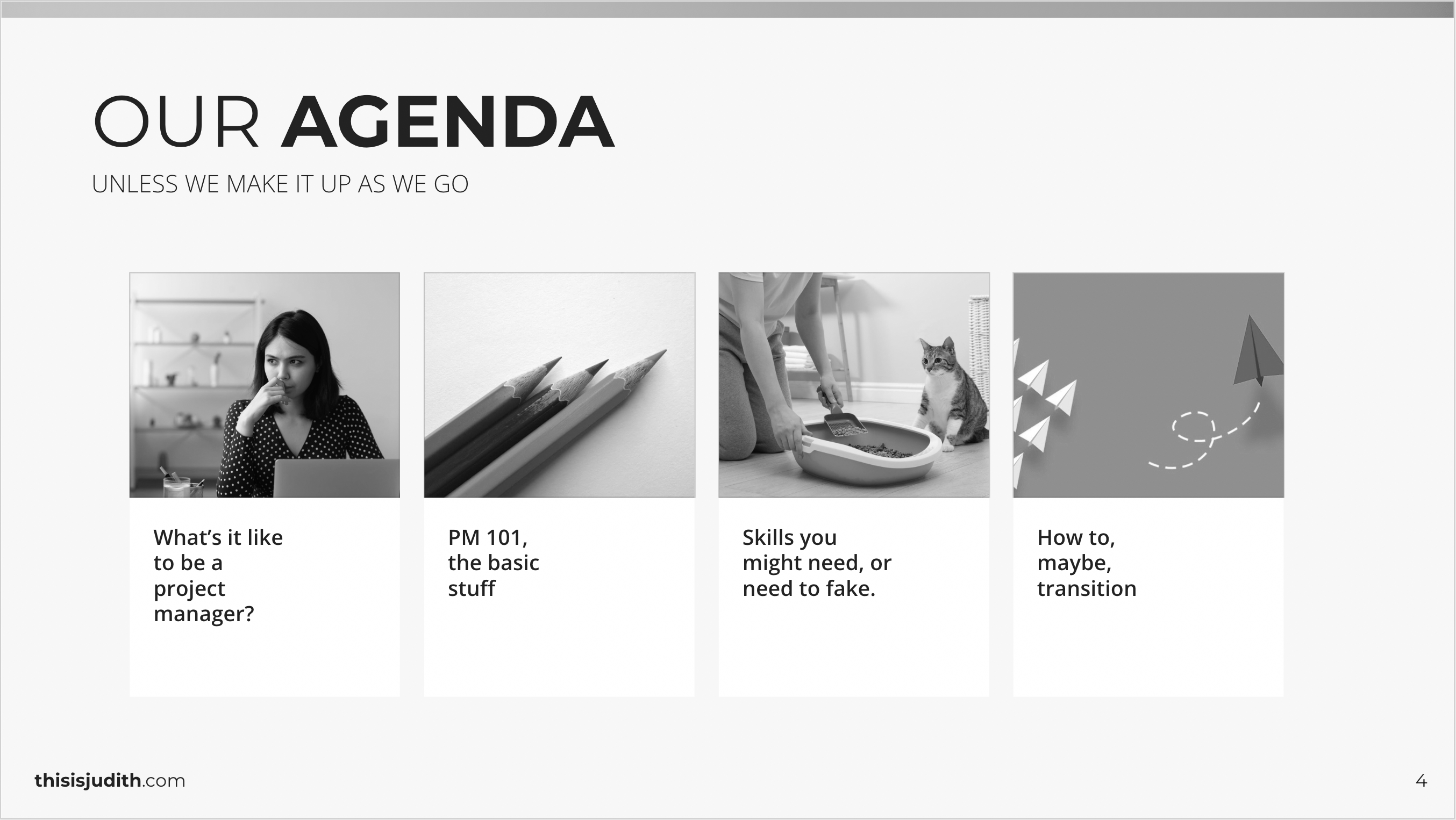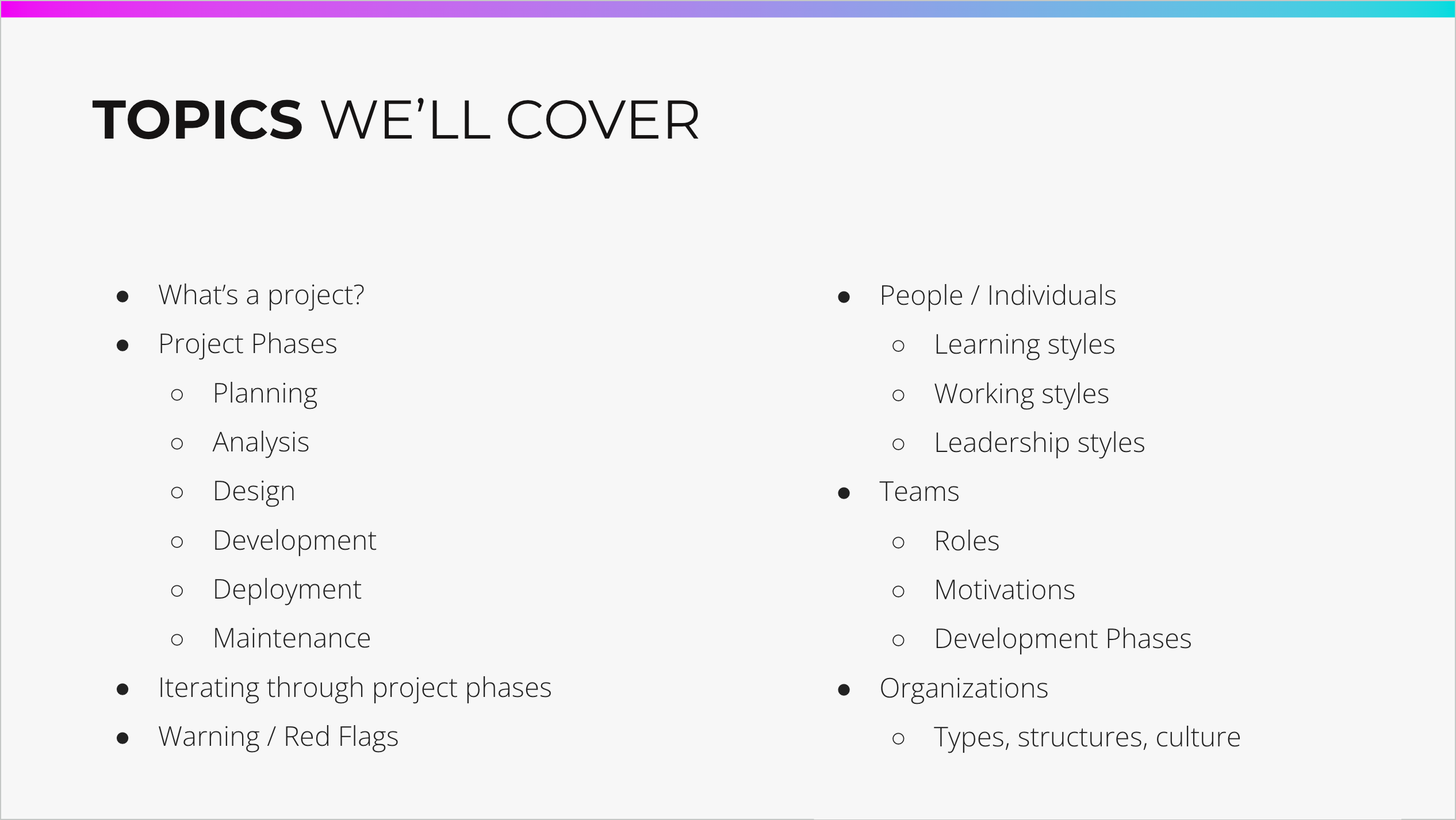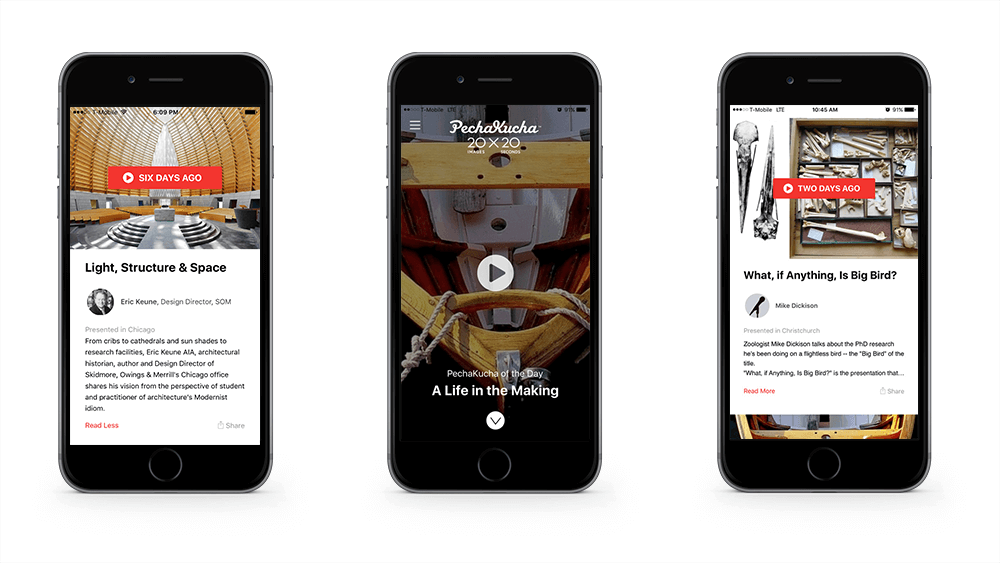Improving Project Delivery for a Rapidly Growing Tech Company

Helping improve processes in a rapidly growing tech company.
Project Highlights
- Common Challenges: Many of these pain points are felt across consultancies and tech companies, not just this company.
- Key Issues: Inconsistent delivery processes, unclear roles and responsibilities, and transition pains from sales to project kickoff.
- Effective Solutions: Standardized Agile rituals, team agreements, starting with "why," and smoothly transitioning from Sales.
- Immediate and Long-Term Impact: Quick wins were identified and executed for immediate benefits, alongside longer-term recommendations for sustainable improvement.
Transforming Project Delivery for Rapid Growth
Background
A rapidly growing software consultancy in the Midwest reached out to me for help. They had grown from 17 to over 40 employees in just a year, and with that rapid growth came a set of new challenges related to project delivery, role clarity, and process consistency. They needed a fresh perspective experienced in project delivery, and that's where I came in.
Initial Challenges
The company was facing several pain points due to their rapid expansion. The main issues included inconsistent delivery processes, unclear roles and responsibilities, difficulties in managing resources, and inadequate risk and scope management. These challenges were further complicated by communication gaps and ineffective escalation procedures.
Their goals were clear: they needed to standardize delivery processes, clarify roles and responsibilities, improve resource management, implement better risk and scope management practices, and enhance communication mechanisms. Addressing these issues was crucial to ensure smooth operations and successful project deliveries.
Talk to your users! Survey and Interviews
To get a handle on these challenges, I conducted a comprehensive survey targeting various staff members, including developers, product managers, designers, and others. The survey aimed to identify the pain points experienced before, during, and after project delivery.
With a 79% response rate, the survey provided valuable insights. It became clear that the company struggled with proper staffing before project starts, consistency in starting projects, and processes for project maintenance and closure. On the flip side, projects were well-matched to the team’s strengths, and communication with clients was satisfactory. People were also satisfied with the work and the company — it was mainly the processes that needed to be tweaked.
Some recurring themes from the survey stood out:
- Each project was treated like a unique snowflake, leading to inconsistency.
- Rapid growth had impacted operational practices.
- Transition periods, especially from sales to project kickoff, were particularly painful.
- Retrospectives needed improvement.
These insights were further explored through interviews with selected team members, providing a deeper understanding of the underlying issues and specific areas needing attention.
Recommendations
Based on the survey results and interviews, I made several recommendations:
- Standardize Agile Rituals: Implement standardized Agile rituals with defaults but allow flexibility for teams to modify them as needed. Ensuring these defaults are well understood and properly trained on was crucial.
- Implement Team Agreements: Introduce team agreements to help clarify roles and responsibilities. This ensures everyone is on the same page and understands their specific roles within the team. It also lets you kick off projects by explaining the “why” behind them (see Simon Sinek’s Ted Talk).
- Incrementally demonstrate value: Introduce regular demos (even if short!) to keep teams and clients aligned. Starting with small but impactful changes helps maintain momentum and ensures continuous improvement — particularly at the start of a project when you are just building trust.
- Transition knowledge from the Sales Team to Project Onboarding: Integrate knowledge from the sales team early in the onboarding process. Use [your] tools to streamline workflows and improve the transition from sales to project kickoff.
- Choose and Train on your “Defaults”: Come up with your project “defaults” (the way you do things) and train people on them. This ensures team members understand their importance and application, leading to better adherence and effectiveness. But remember, if your defaults need to be modified for a good reason, allow it.
I made sure to offer a mix of low-hanging fruit—quick wins that could be executed sooner with immediate benefits—and longer-term recommendations for sustainable improvement. This balanced approach was crucial for gaining buy-in and demonstrating early successes.
Implementing chnage at the right pace
In a follow-up interview with the CEO, we discussed how these recommendations were implemented and their impact. Not every suggestion needs to be implemented, and certainly not all at once — we’re not trying to boil the ocean.
The CEO noted that team agreements worked well in clarifying roles and responsibilities. This clarity helped set clear expectations and improved team collaboration. Standardized Agile rituals with some flexibility allowed teams to adapt processes to their specific needs while maintaining a consistent framework. This balance between standardization and adaptability improved overall project delivery and team performance.
The onboarding process saw significant improvements by transitioning knowledge from the sales team early and utilizing Notion for project tracking. This approach reduced chaos during project starts and ensured better planning. Training on defaults (that could be changed) ensured that team members understood the intent behind these practices before deciding to reinvent the wheel every project, so to speak — increasing their adherence and effectiveness.
Introducing regular demos was a game-changer. It kept teams and clients aligned, provided regular feedback loops, and ensured projects stayed on track. The CEO appreciated having an external perspective to identify and prioritize changes, stating, "Having an external perspective was invaluable. It helped us identify and prioritize changes without the internal bias we might have had."
Additionally, the CEO mentioned, "Your recommendations were practical and actionable, which made the implementation process smooth and successful."
Outcomes and Results
The implementation of my recommendations led to several positive outcomes:
- Consistent and Flexible Agile Practices: Standardized yet adaptable Agile practices improved overall project delivery and team performance.
- Improved Role Clarity and Accountability: Clearer roles and responsibilities enhanced team coordination and project management.
- Enhanced Project Onboarding and Planning: Streamlined onboarding processes reduced transition pains and set up projects for success from the start.
- Increased Team and Client Alignment: Regular demos and feedback loops kept everyone on the same page and facilitated timely course corrections.
The CEO summed it up well: "The easy things to implement were great, and pointing those out was very helpful. You were quick to draft, implement, and roll out; it was an efficient use of time."
Conclusion
Addressing these challenges through comprehensive analysis, targeted recommendations, and effective implementation can lead to significant improvements. The positive outcomes achieved underscore the value of an external perspective in driving meaningful changes. As the client continues to grow, these foundations will support their ongoing success and adaptability in a dynamic industry.
Interested in learning more?
Portfolio

CTO at Software ConsultancyConsulting
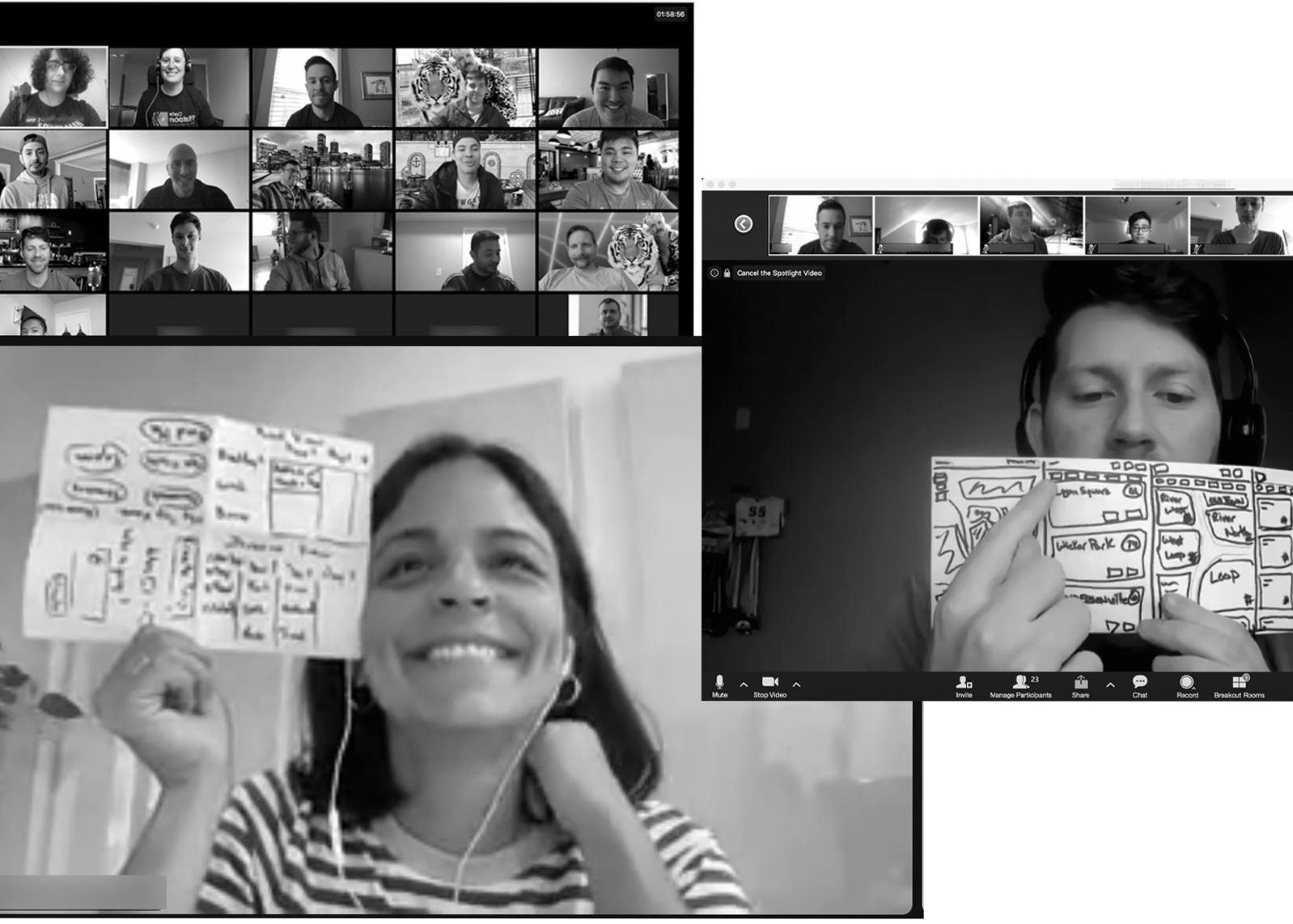
Team Project KickoffWorkshop
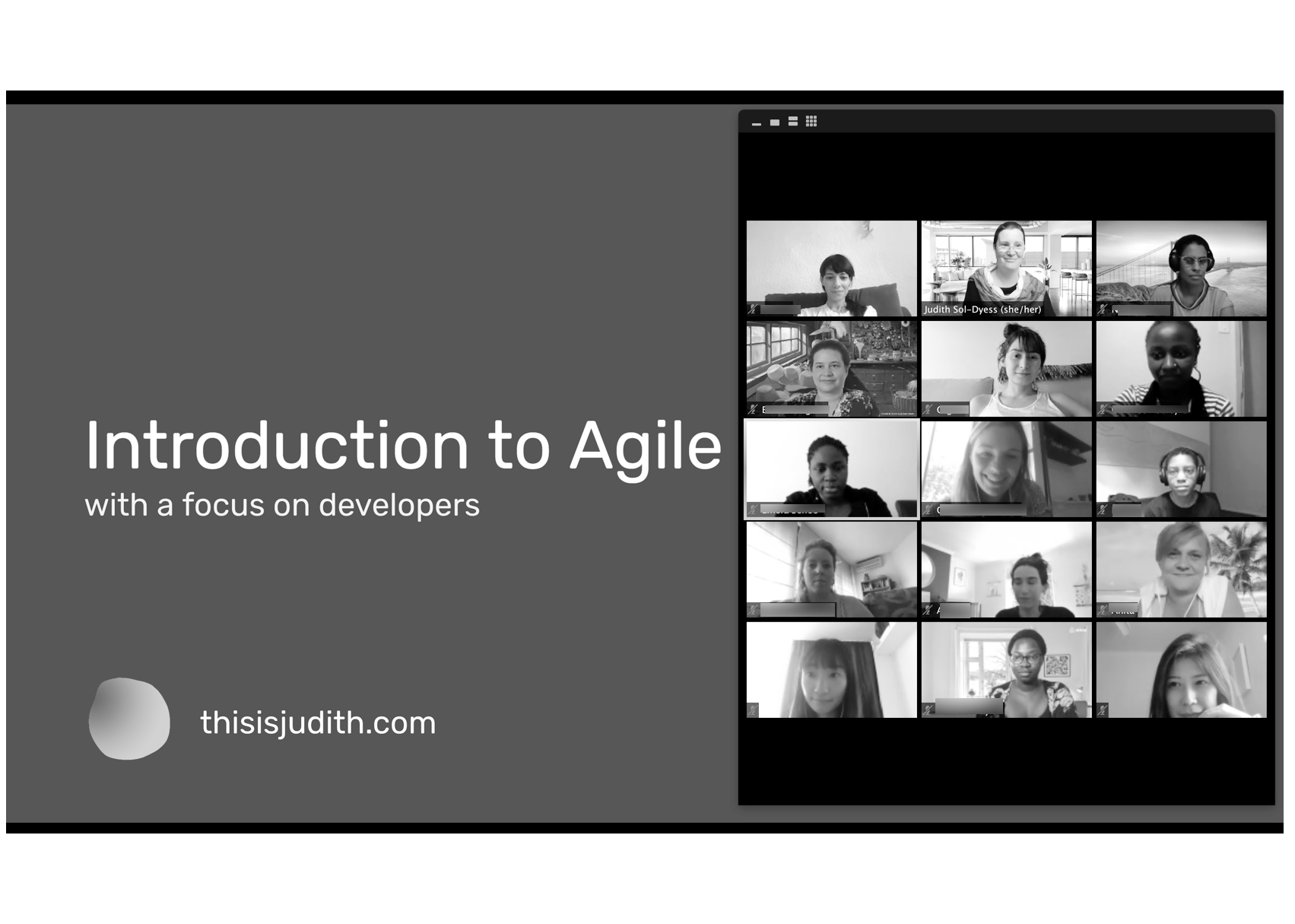
Intro to Agile SessionSession
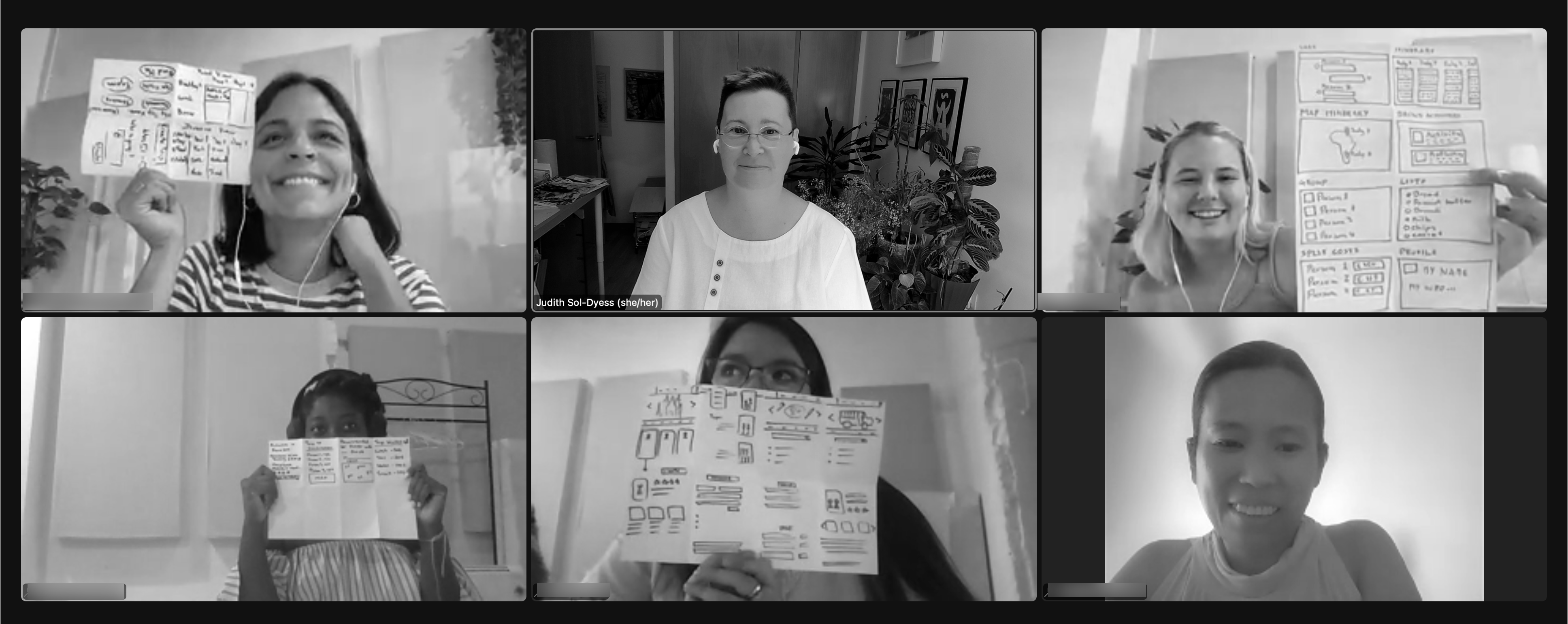
Product Ideation WorkshopWorkshop
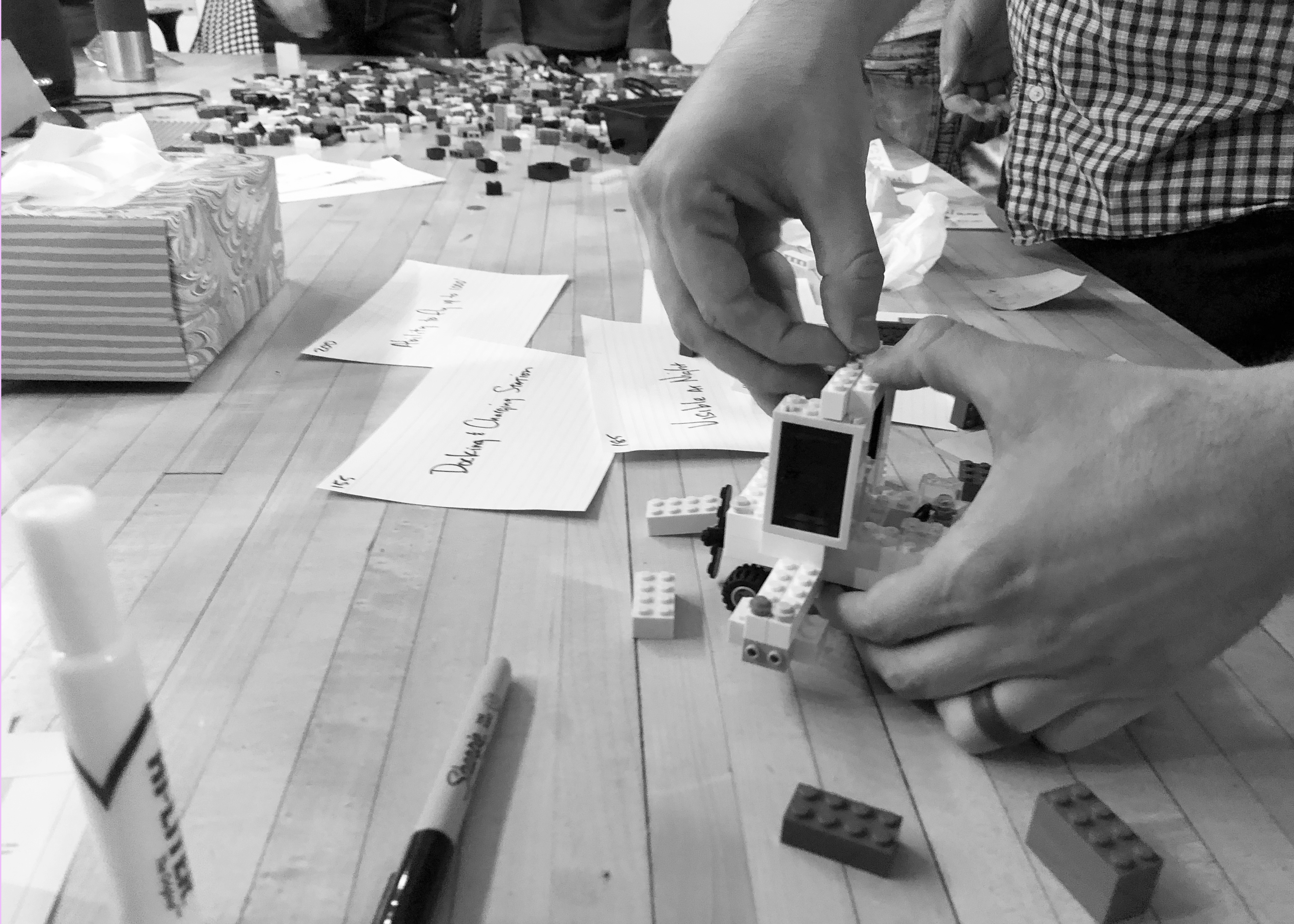
Agile Lego WorkshopWorkshop
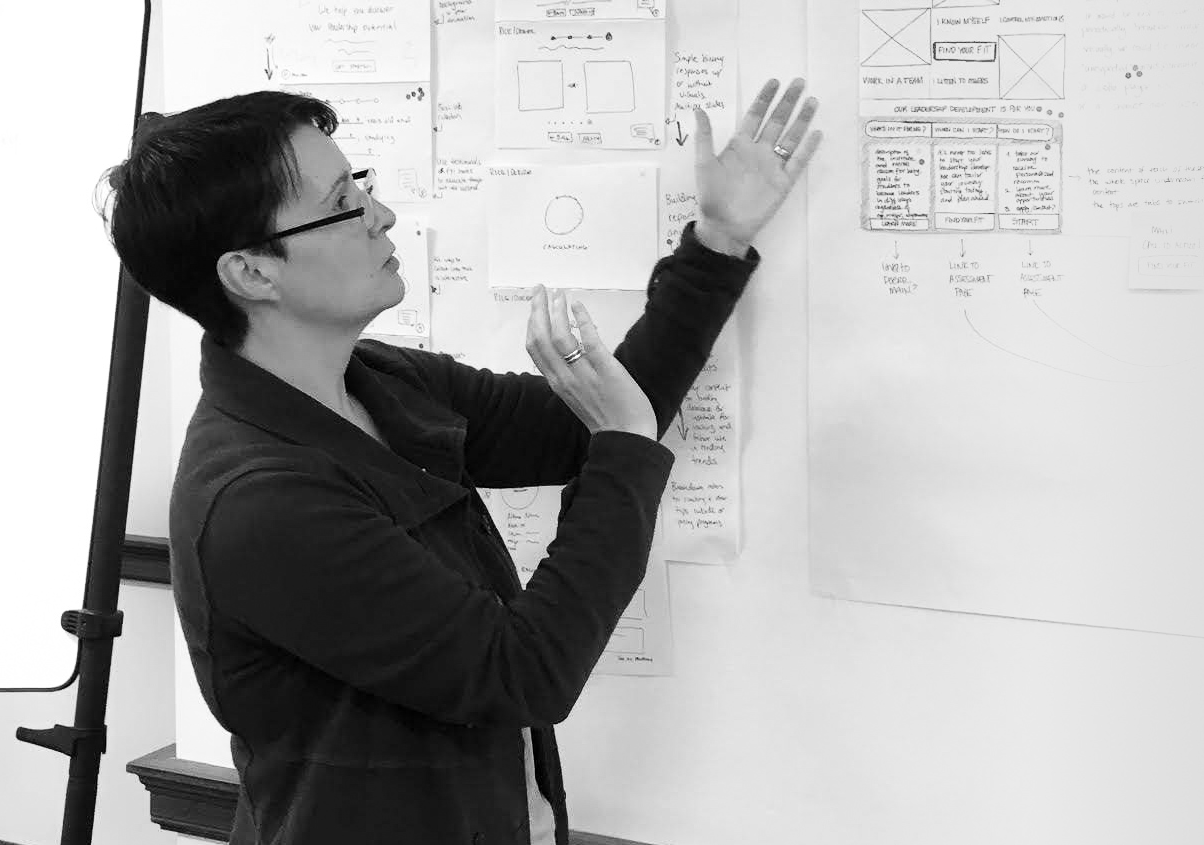
Google Design SprintsWorkshop

Tyson's Plant Based NuggetsNew Product
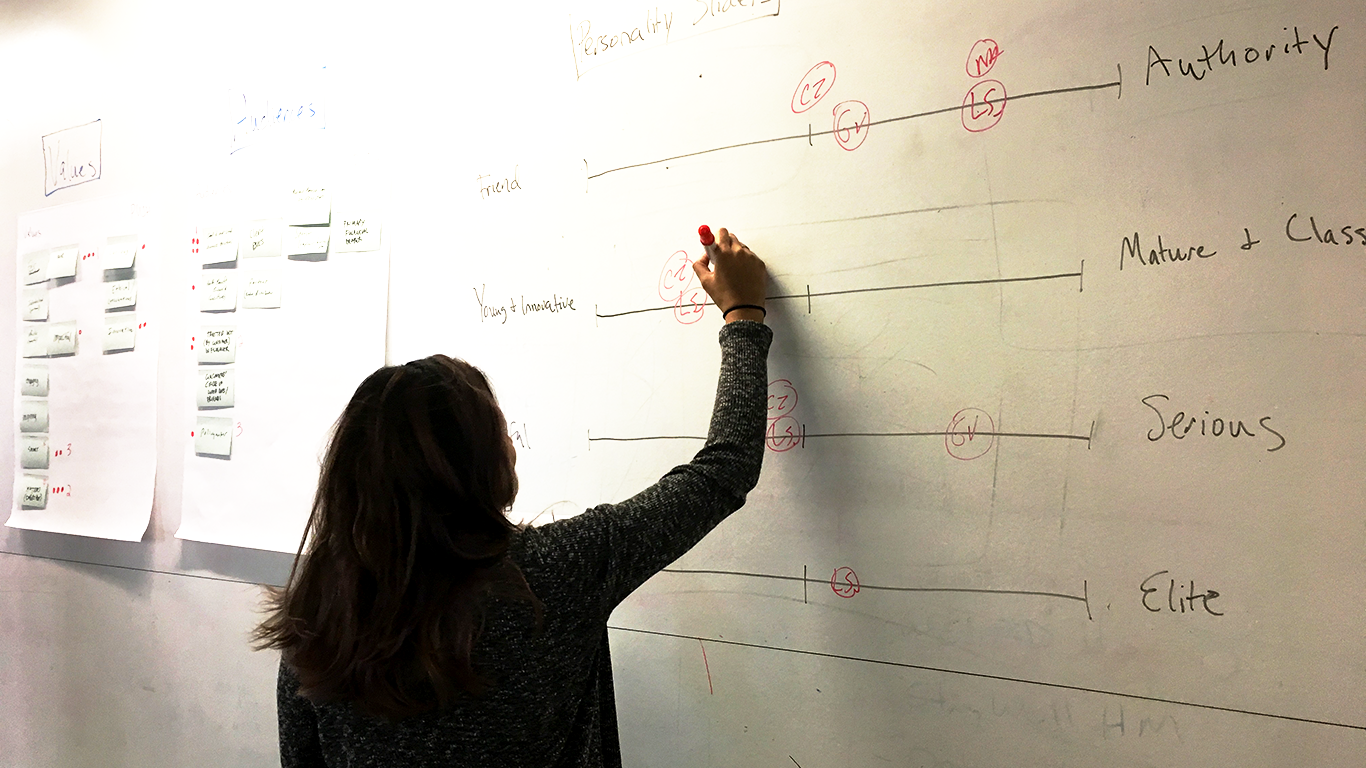
PUSH WellnessHealth & Wellness
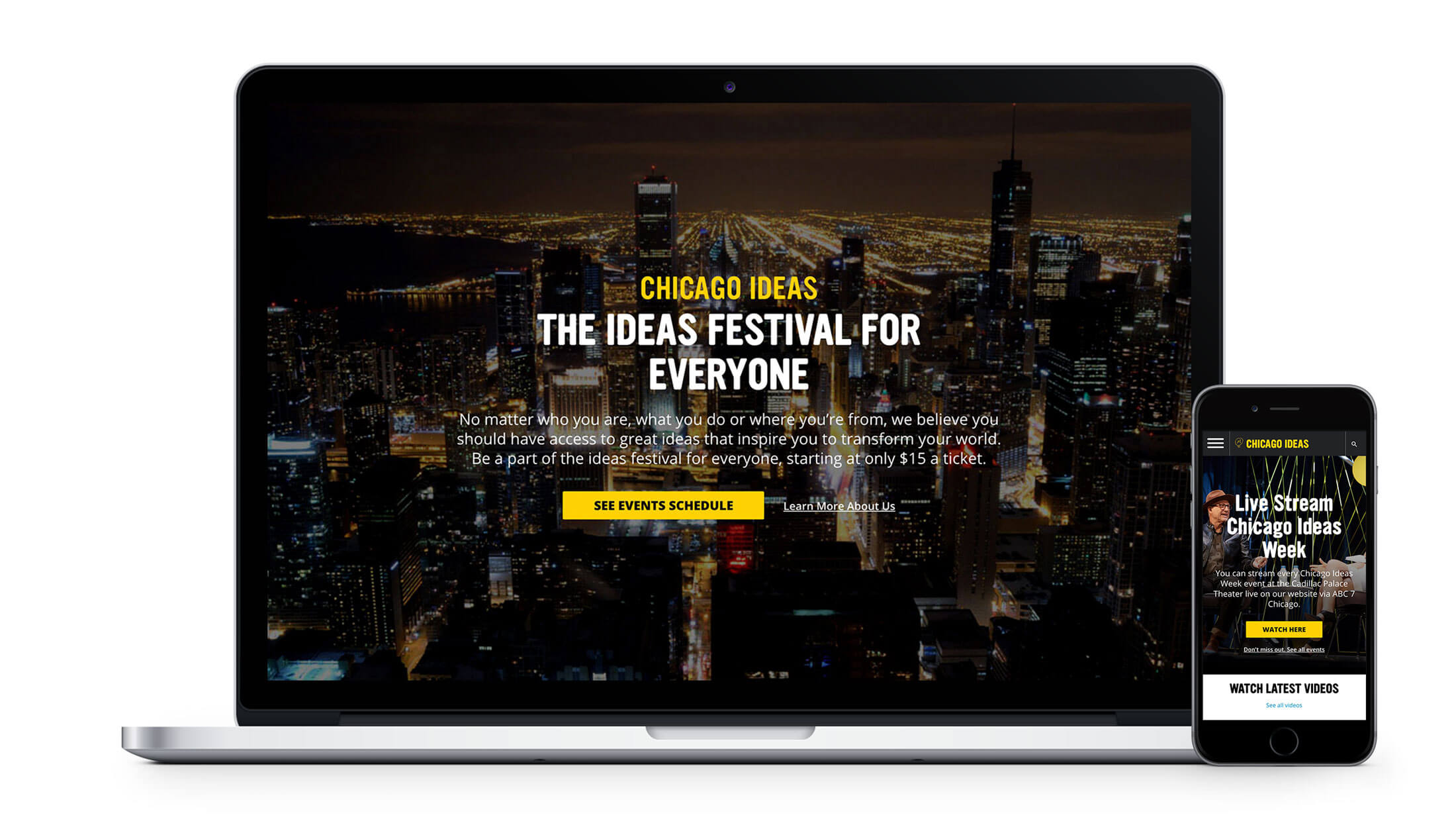
Chicago IdeasEvents

Rice University ChatbotEducation
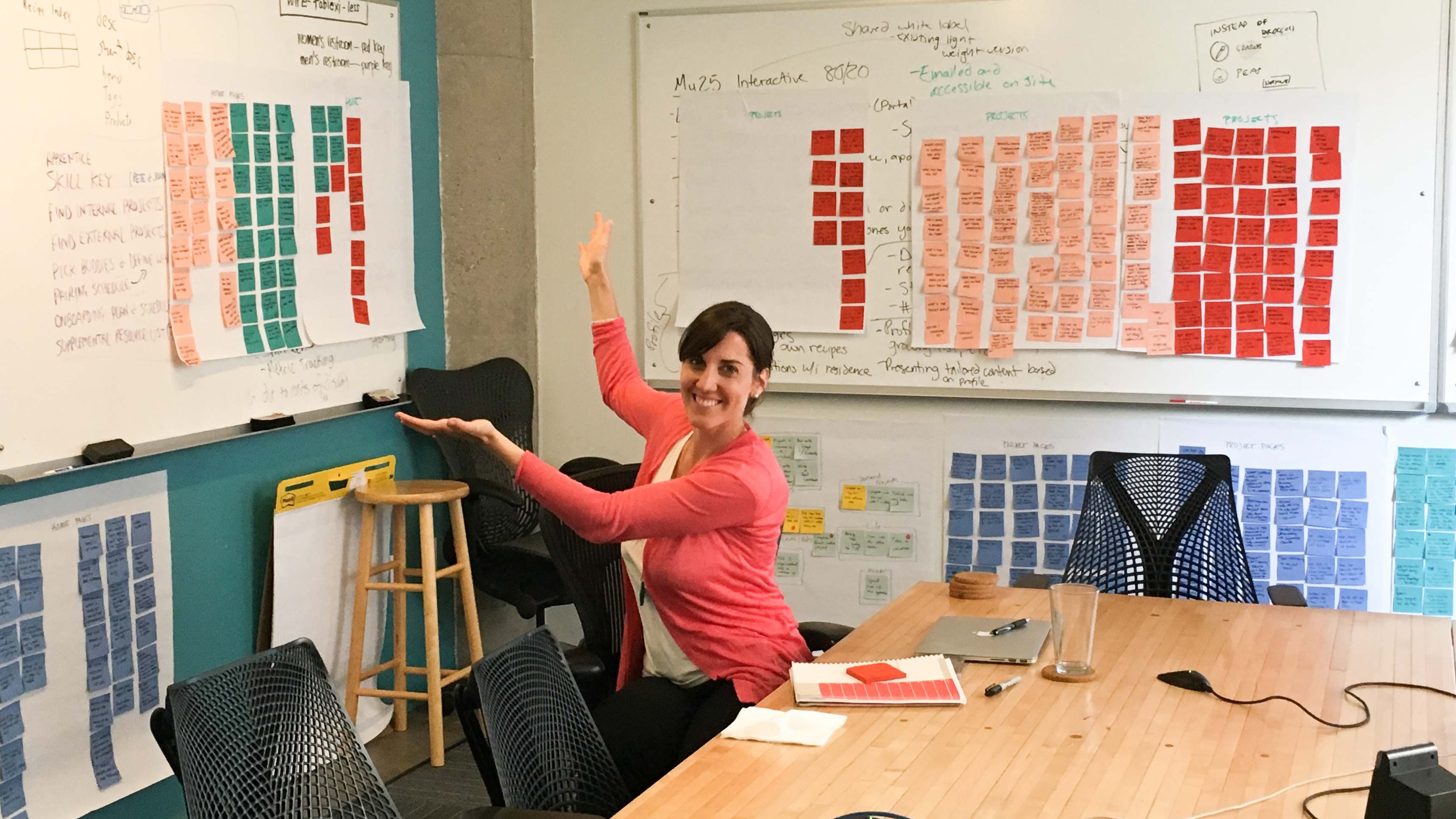
WomenOnCallNonprofit
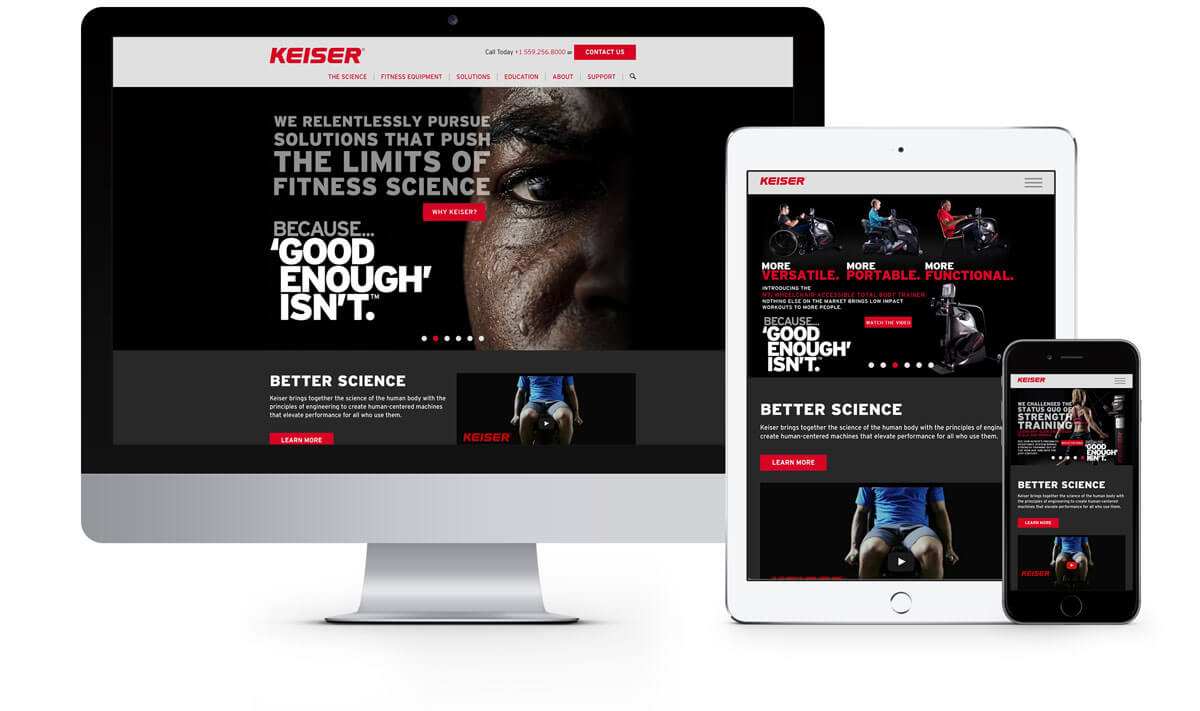
KeiserMarketing
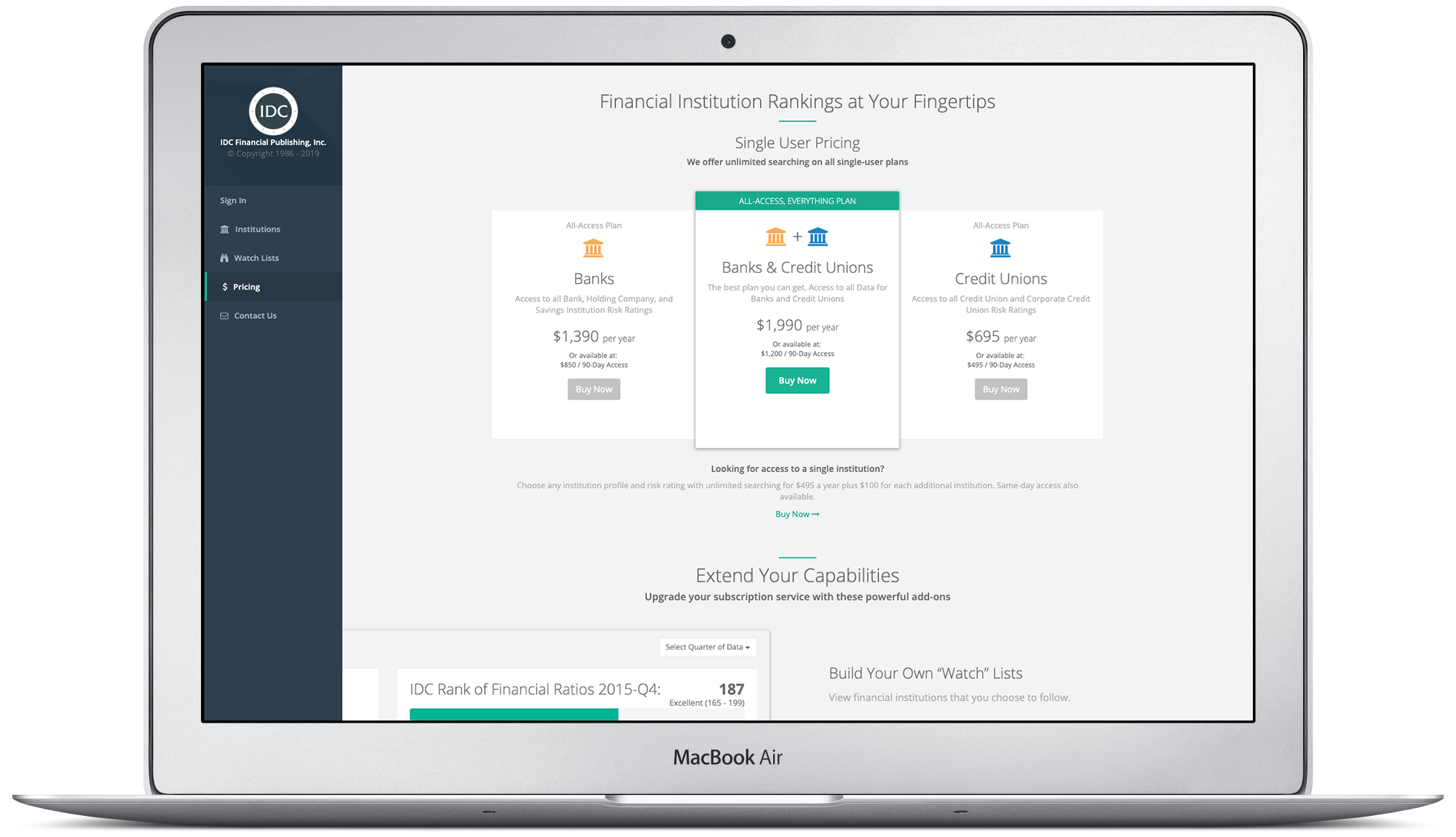
IDC Financial PublishingFinTech
